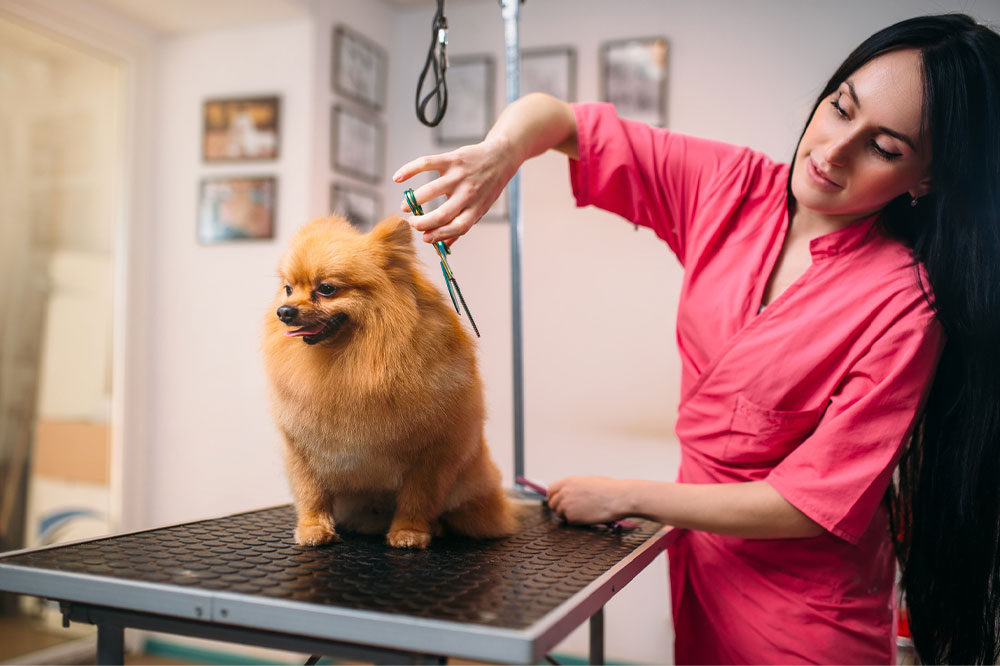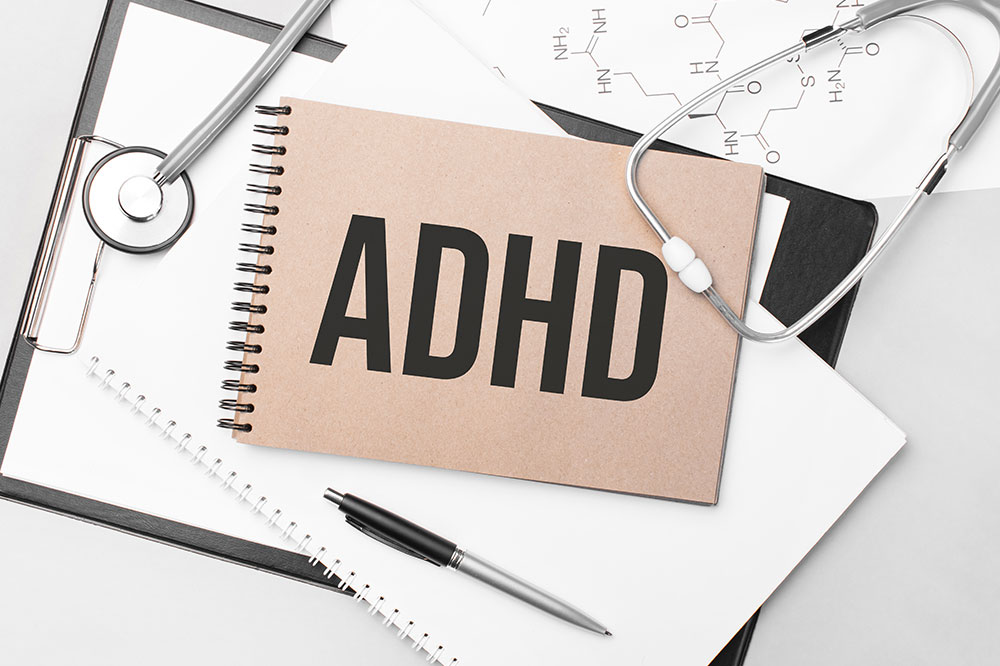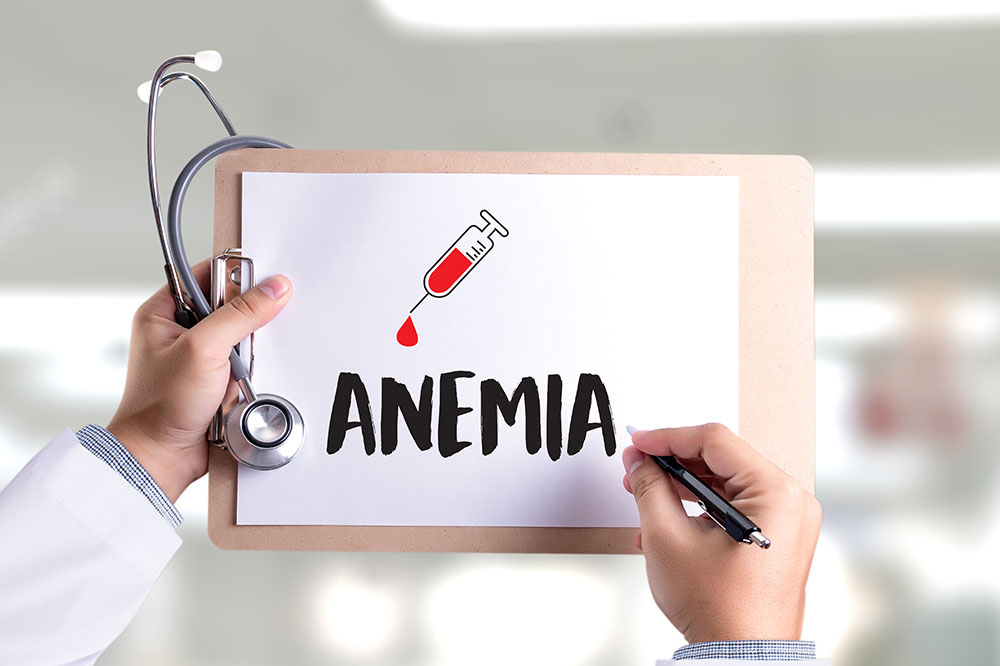Everything to know about dog grooming programs

Taking good care of a dog may seem like the easiest thing to do in the world, but one needs to be diligent and consistent with their grooming efforts. Fortunately, dog grooming can be learned and is a viable and well-paying profession. Undergoing training for professional dog grooming can help people learn everything about always keeping dogs healthy and happy. Here are some key details about professional dog grooming programs:
What is dog grooming training programs?
Dog grooming courses are learning programs in which professional trainers teach learners everything about taking good care of a dog. For instance, the training involves sessions on brushing, bathing, and drying dogs.
Apart from that, one also learns how to trim or clip dog hair and nails with clean and sanitized brushes and blades. Learners are taught to clean a dog’s ears and other body parts and check for signs of illness. Other things, such as which natural products and daily techniques to use to keep a dog’s skin healthy, are also covered in these programs.
Some dog breeds need to be given baths once every 4 to 6 weeks. Certain dogs need to have their hair cut once every 8 to 12 weeks. Knowing these intervals for all kinds of dogs is one of the many things taught in dog grooming programs. Professional groomers also know how to brush or comb out mats before a dog takes a bath, making it easy to lather the dog using shampoo.
More importantly, professional groomers need to be good communicators. A critical aspect of their job is to communicate with their clients to know how they want their dog to be groomed, how they want the nails and ears of their dog to be clipped and cleaned respectively, how they want their dog styled for special occasions, and several other points.
After one goes through such a program, they have the requisite knowledge of how to clean and pamper a dog in the best ways possible.
How long does a training program last?
Typically, dog grooming programs last for about 10 weeks. The process of becoming a professional dog groomer is simple. One needs to enroll in a state-approved grooming school to pursue this educational course. Grooming programs can be conducted either online or on-site.
After going through the program, one must build experience by working for a few years. As always, practical experience perfects the skills and temperament of dog groomers. To begin with, learners can approach accomplished dog groomers and assist them with their work.
After attaining years-worth of grooming experience, one can earn a certification with the National Dog Groomers Association of America. To get this certification, groomers need to take a written exam and demonstrate their practical grooming skills to a panel of certified evaluators. Another certification body to get professional grooming honors is the International Professional Groomers, Inc.
Professional certification is a major hurdle. One needs extensive expertise and the right amount of delicacy while handling dogs. Getting a certification can set groomers up to build their clientele in a few years.
Which dog grooming schools are the best?
Here are some renowned dog grooming schools for learners to discover and hone their skills:
North Shore Community College
This institute provides to-be groomers with invaluable knowledge and practical experience. North Shore Community College’s grooming course has about 80 programs to teach students everything about the dog grooming profession from scratch.
This college offers students the much-vaunted Animal Care Specialist Certification program that involves learning skills like dog walking, dog training, kennel management, dog rescue and sheltering, and other core grooming aspects.
Merryfield School of Pet Grooming
This institute provides a super-extensive, 600-hour training program as a part of day and evening programs. Through this program, students pick up skills and enhance aspects such as speed, accuracy, and confidence while performing grooming tasks, thanks to a 100-hour externship availability.
The contents of MSPG’s course are prepared in adherence to the National Dog Groomers Association of America’s standards.
Cornerstone Dog Grooming Academy
This academy ensures that its students learn about every aspect of pet grooming. The Cornerstone Dog Grooming Academy has a low student-to-teacher ratio. So, learners get a personalized experience throughout the course to help them with the nitty-gritty of dog grooming.
Apart from these, there are several other renowned dog grooming schools, such as Rio Gran Grooming School, Paragon School of Pet Grooming, Texas AllBreed Grooming School, and Golden Paws Pet Styling Academy.






